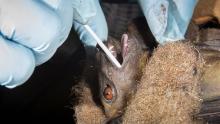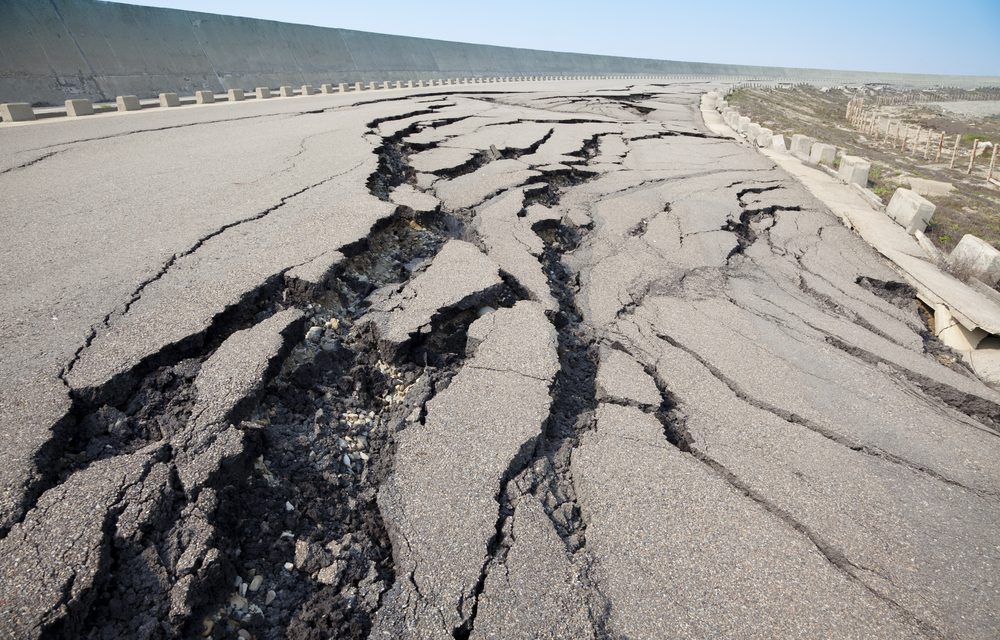The BIGGER Picture
In many ways, the issues we’ve been grappling with here in Geauga County over the mismanagement and misuse of our county parks is representative of a wider issue regarding the preservation and conservation of land and resources throughout the nation and even worldwide. In this section, we will present links to stories from a variety of sources that will illuminate the issues that are of great concern to all of us. There will be stories about the use and misuse of public lands, stories about the efforts to conserve and protect water, wildlife and habitat and, yes, stories about the impact of climate change.
We hope this information provides the reader with a sense of perspective about conservation issues and shows how our little corner of the world is directly linked to places and events that appear to be far away—but are even now having a direct impact on our lives.
Colorado Is Getting Its Wolves Back After Voters Approve Historic Law
Voters in Colorado have approved Proposition 114, forcing the state government to reintroduce the gray wolf. It’s the first time in U.S. history that a ballot measure win has obliged a state government to bring back a species that disappeared due to human actions.
With more than 90% of the vote counted, opponents of Proposition 114 have admitted defeat, reports the Denver Post. With the referendum won, state wildlife officials in Colorado will be required to develop an evidence-based recovery plan for wolves, which haven’t called the state home for decades. The proposition stipulates that grey wolves be restored to the mountainous portions of the state west of the continental divide by the end of 2023, with input from the public.
The passing of this ballot measure marks an important milestone, as it’s the first time that voters in a U.S. state have forced a state wildlife agency to restore a species through a referendum. That’s not a small thing, and it reflects a growing push to restore the balance of nature.
To continue reading this article, go to:
https://earther.gizmodo.com/colorado-is-getting-its-wolves-back-after-voters-approv-1845593436
https://www.cnn.com/2020/03/19/health/coronavirus-human-actions-intl/index.html
From CNN:
Bats are not to blame for coronavirus. Humans are
(CNN)Reclusive, nocturnal, numerous — bats are a possible source of the coronavirus. Yet some scientists concur they are not to blame for the transfer of the disease that’s changing daily life — humans are.
The summer of 2017 was very strange in one way (at least). I was working in my yard some time in mid-July when it occurred to me that I hadn’t seen a mosquito all afternoon. For the next several weeks I began to be watchful for the buzzing insects that we all love to hate. It was several weeks before I noticed a few from time to time. At first I thought it was a pleasant relief. But it soon dawned on me that this could be a sign of something very wrong. Without the mosquitos, what would happen to the phoebes, the bats and the dragon flies?
The above article from the New York Times describes how there is a serious problem with insect populations across nearly all species. It is definitely worth the read.
https://www.youtube.com/watch?time_continue=27&v=2wzBPSbTGYM
The above link will take you to a video on YouTube that shows a segment of a film about fungi and their place in the natural world. This film about renowned mycologist, Paul Stamets, is informative and beautiful—well worth the time to view it.
USGS FINALLY ADMITS THAT FRACKING CAUSES EARTHQUAKES
It has taken years to finally admit it, but the U.S. Geological Survey has just confirmed that three million Americans are at risk from human-induced earthquakes caused by wastewater disposal, a process in fracking, in 2017.
The study was focused on the U.S. Central East, primarily on Oklahoma and Kansas, who don’t normally get large earthquakes. Due to wastewater disposal however, their risk is now equal to that of California.
CONSERVATIONISTS FEAR OFF-ROADERS WILL DAMAGE NJ PINELANDS
State DEP steps up enforcement after dumping plan to curtail access to remote areas
- Jason Howell, Stewardship Coordinator for the Pinelands Preservation Alliance, stands amid deep tracks that have been carved by off-road vehicles on a hillside at the Colliers Mills Wildlife Management Area.
Along the south branch of South Jersey’s Forked River, less than a mile west of the Garden State Parkway, conservationists planted 300 Atlantic white cedars in an attempt to stop off-road vehicles driving along the shallow river and worsening erosion that has already damaged the environment there.
The stand of three-foot trees was designed to restrict the area where vehicles such as jeeps and ATVs can drive, and over time to allow the river banks to recover after years of degradation due to the vehicles.
https://thinkprogress.org/most-wilderness-is-gone-thanks-to-humans-ad828409f4b6#.69hhw651c
The planet is going through a ‘catastrophic’ wilderness loss, study says
Just over 20 percent of the world can still be considered wilderness.

A tenth of the planet’s wilderness was eradicated in the last two decades and conservation efforts are failing to keep pace with the rate of wilderness loss, according to a new study.
The loss recorded since 1990 is equivalent to an area twice the size of Alaska and half the size of the Amazon, according to the study published Thursday in Current Biology. Most of the depletion is happening in South America, which experienced a nearly 30 percent loss, and Africa, which lost 14 percent of untouched ecosystems.
“Even though 10 percent is quite a small number in some ways, it really means that if we keep this trajectory going we will lose all wilderness in the next 50 years,” said James Watson, lead author and director of science and research initiative at the Wildlife Conservation Society, in an interview with ThinkProgress.
”Without any policies to protect these areas, they are falling victim to widespread development,” he said. “We probably have one to two decades to turn this around.”
BIRKENFELD, Ore. — Eve Lonnquist’s family has owned a forest in the mountains of northwest Oregon since her grandmother bought the land in 1919. Her 95-year-old father still lives on the 157-acre property. And she and her wife often drive up from their home just outside Portland.
But lately, Ms. Lonnquist, 59 and recently retired, has been thinking about the future of her family’s land. Like many small-forest owners, they draw some income from logging and would like to keep doing so. But they would also like to see the forest, with its stands of Douglas fir, alder and cherry, protected from clear-cutting or being sold off to developers.



















Recent Comments